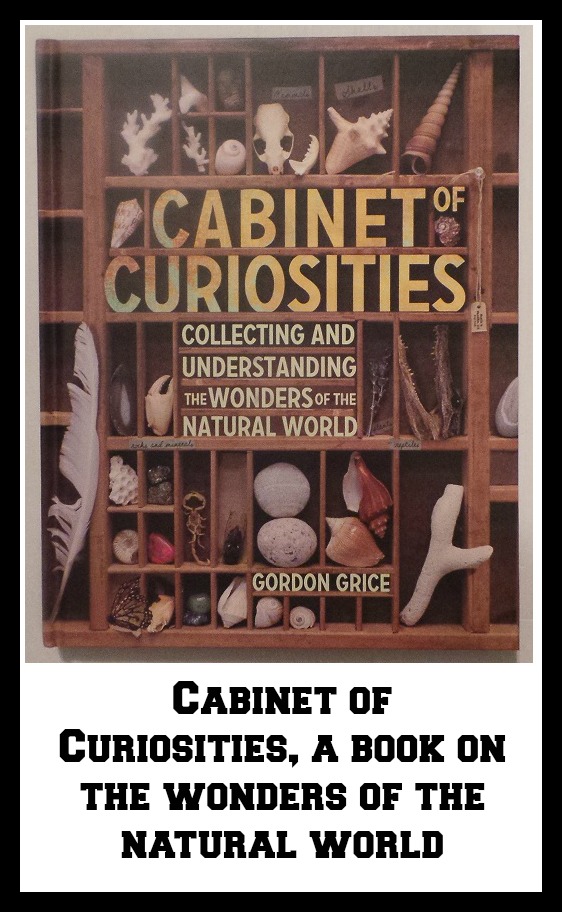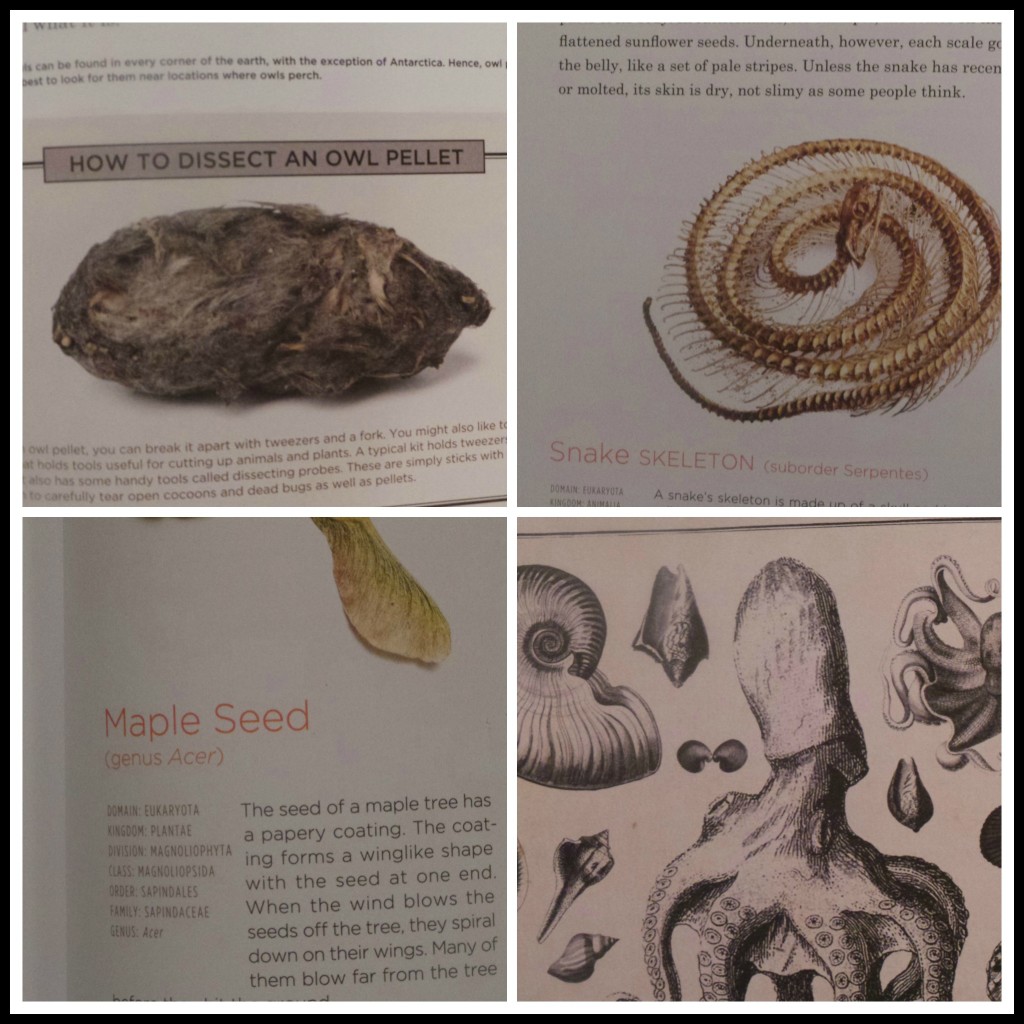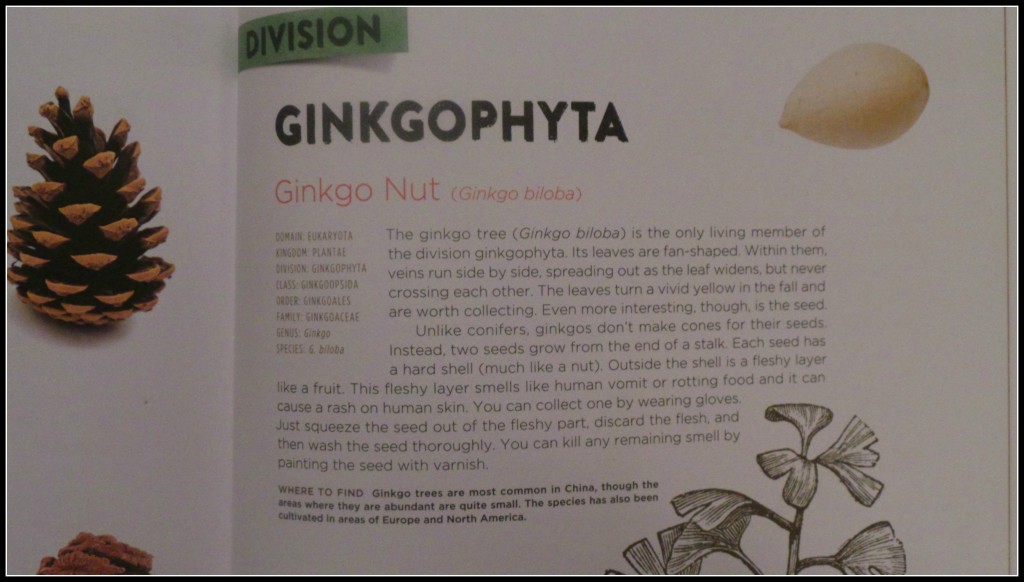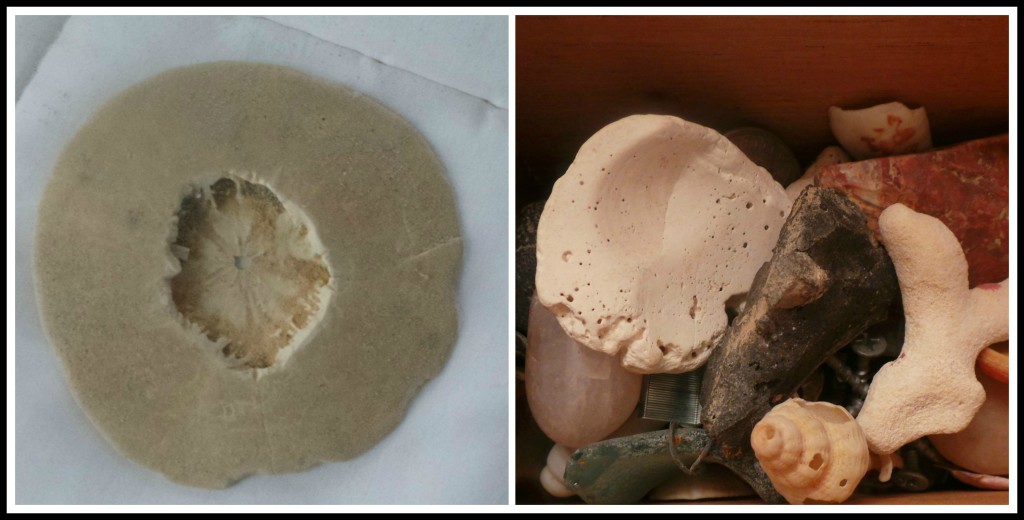Think back to when you were a 7 year old child taking a walk in the wood near a river. You’d find a rock with scratches on it and imagine that it was from an alien world or prehistoric time. The stick that you found could actually be a bone that belonged to a dinosaur. The leaf from the tree was just cool and that arrow head is probably worth a fortune. We always took the treasures home and put them in a shoebox. Cabinet of Curiosities takes that sense of wonder and experimentation, cleans it up, widens your perimeter and actually tells you what you found in the natural world.
Spoiler alert: you probably did not find the dinosaur bone that will bring Sue’s sibling to your hometown.
Cabinet of Curiosities starts out with ways to organize your new treasures. They go through the low brow options like we had (and still use), like the shoe box, fishing tackle or cigar box. If you’re more advanced they show you how to build your own box or repurpose other crates like a soda or CD storage unit.
The book also serves as a primer for biology 101, or for those that forgot everything, a refresher course for biology 101. Kingdom, phylum, division, class, order, family, genus, species and other more specific descriptors that you can use in everyday conversation to bring out the intelligent, well traveled person that you always knew you were.
Don’t get spooked out if you can’t remember or don’t know any of those terms. Cabinet of Curiosities is presented in a basic manner that middle school students and up will be able to understand it. This is a resource book that’s advanced enough for adults, yet approachable enough for young, curious students.
One example of the former is Ginkgophyta, the ginko tree(Ginko biloba)has been our favorite tree for decades. I never knew that it produced a seed on the end of its branches. This seed apparently smells like vomit and needs to be handled with gloves to avoid the smell from getting on your skin. The tree is also good to note because it drops most of its leaves on the same day. Its bright yellow leaves are also worth collecting for your own cabinet.
Rocks, bugs, teeth, small insects, turtle shells and most anything that you can find natural to the wild is identified; classified and all but suit and tied in Cabinet of Curiosities. The book is not advocating finding living things and then collecting them. This is for those things that you find on your nature walks already in that state and then figuring out what it is. It’s science in action, which is great for any age. If you’ve ever wanted to know about animal tracks, how to tell that Fool’s Gold from the real stuff or other curious outdoor facts this is for you. The photos and illustration help readers identify and find the things in the wild or in their wild collection too.
Above is our own cabinet of curiosity. The sand dollar was found about 300 miles south of Cairo, Egypt. A river used to be near that area. A friend at our local museum said that it probably dates back 40 million years or so. The random box of stuff are simply cool rocks, shells or sea glass that I found while traveling.








 Facebook
Facebook Twitter
Twitter Flickr
Flickr GooglePlus
GooglePlus Youtube
Youtube